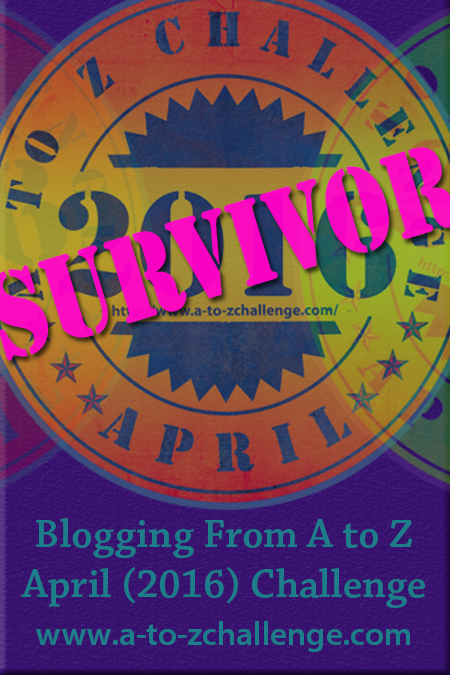the Strait of Juan de Fuca
West Coast Vancouver Island
The Strait of Juan de Fuca: Lighting Up
Sunday, September 15, 2013TheCambrians |
| The fog lifting in Port Renfrew. |
From Bamfield to Victoria it’s about 90 nm, a distance that’s easily attainable during the summer months when the days are much longer, but we’re fast approaching fall and only have about 11 hours of daylight. At 6 or 7 knots an hour, we’d be arriving in a major city in the dark – not something we relish doing.
Besides, neither one of us wanted to go to Victoria.
There aren’t many protected anchorages along the Strait of Juan de Fuca, but there are a few, so we chose to stop in Port Renfrew the first night, allowing us to leave Bamfield in the light of day. So we upped anchor yesterday morning and left the West Coast of Vancouver Island and entered the Strait of Juan de Fuca. It wasn’t a happy time for us. We’ll miss the solitude and ruggedness of the West Coast, but it wastime. The fall weather patterns are approaching and this is likely one of the last opportunities that we’ll see for a while.
It was another foggy day with visibility down to less than 1/8 of a mile at times, and we had to anchor in dense fog – a first. It couldn’t have been more than ten minutes later that it lifted, but it didn’t last long. When I took Sally to shore, I had to bring the iPad along with me with the boat’s position marked in case I couldn’t find my way back. As it turned out, I couldn’t see Cambria from shore, but I managed to find the boat anchored next to us and then home from there. But, apart from poor visibility, the conditions were good with a low westerly swell (1 to 2 feet) and 2.6 knots of wind (so much for sailing).
Today was a different story.
At 7 o’clock this morning, you could almost see all the way into the Strait from the boat, but when we left at 9:30, it was in dense fog. The forecast had a quasi-stationary ridge located over the offshore waters and a quasi-stationary 1000 MB low located over the northern waters – putting us in the middle of a slight squash zone. But the wind was only forecasted to blow westerly 15 to 20 knots – possibly enough for downwind sailing – increasing to 20 to 30 along the Central Strait. The only concern: a risk of thunderstorms late this afternoon and tonight. But with a planned stopover in Murder Bay (approximately 40 nm, putting us there by 3 or 3:30 pm), we fully expected to have the hook down before the weather turned. It might be a little closer than we like, but doable.
Or was it?
The winds we wanted for sailing eventually transpired, but so did the thunderstorms. We had lightening strikes on the water ahead of us and thunder all around – and very close to the boat. We couldn’t tell what the squall was doing: Was it travelling in the same direction? Was it headed toward the shoreline? Or was it coming straight for us? David called the Coast Guard in Victoria to see if they could offer any information. But the response he received was, Oh. Is it lightening out there? Where are the strikes? So we turned around and made our way back towards Port Renfrew – now the current was against us and the winds were building. Eventually we saw 25 to 30 knots on the nose and a building chop, both making for a less comfortable ride. Thunder was still crashing around us: It was nerve racking and the squall seemed to be closing in on us, but we still couldn’t tell what was really going on.
Believe it or not, we’re probably two of the few remaining people on the planet without a smart phone, so we sent a text to some friends in Washington who were able to jump online and confirm our suspicions: The squall was dying out and had already overtaken us; so we turned back around again and continued to our destination for the night, putting the wind behind us. We still had some thunder and lightening, but it seemed more concentrated around land and no longer near the boat . . . near being a relative term.
As we approached Murder Bay, we hit another squall – 30 knots of wind combined with thunder and rain. All and all, it was a pretty scary and tiring day. The 40 nm we had to travel turned into 51 and took us more than seven and a half hours despite the fact that,with the help of the current, we managed to reach speeds over 10 knots. We anchored in behind Wolf Island where we had good protection from the westerly winds, turned on the generator (yes, even after 7 hours or so on of motoring – that’s how bad the batteries are now), walked the dog and went to bed. But the fun didn’t stop there: The thunder and lightening continued along the Strait (this is the same system that delayed the Seahawks/49ers football game by an hour), but it was far enough away that it was no longer a danger to us. Hopefully, it’ll stay that way.
 |
| The view out to the Strait of Juan de Fuca from the anchorage behind Wolf Island. |









0 comments